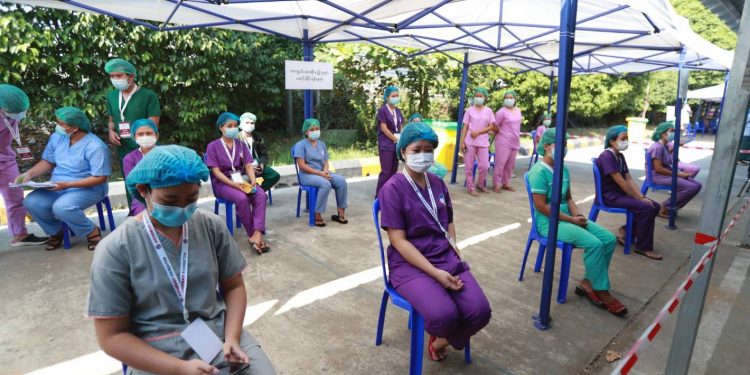History shows that Myanmar’s coup will make concerns for the health world because the concerns are not without merit.
As information, in 2000, decades after the former military junta took control, the World Health Organization ranked Myanmar’s health system as one of the worst.
According to the World Bank, Myanmar’s health expenditure was around 1.87% of GDP in 2010, the year before democratic reforms began.
In March 2020, Myanmar reported just 0.71 intensive care unit beds and 0.46 ventilators per 100,000 population, which was insufficient to deal with even a moderate outbreak, according to data from the World Bank and WHO.
Donations of medical equipment have since arrived and the government has increased bed capacity with new quarantine centers, clinics, and hospitals. But experts cite a lack of medical staff as a continuing problem.
Myanmar’s small health care force had just 6.7 physicians per 10,000 people in 2018, significantly lower than the global average of 15.6 in 2017.
The coup comes just days after Myanmar launched its vaccination campaign with some 1.5 million doses of a two-shot vaccine donated from India.
Last week, Suu Kyi observed vaccinations at a hospital in the capital, Naypyitaw, and told reporters that the process must proceed carefully because the government does not have all the supplies it needs.
The military has its own medical corps and medical facilities across the country. But Sharon Bell, a researcher who previously studied the health system in Myanmar, said she doesn’t anticipate the military will have the ability to control outbreaks or conduct sufficient vaccination programs.
The military released a statement saying “prevention of the current outbreak of the COVID-19 pandemic will be efficiently carried out with momentum.”
When the military talks about getting the virus under control, it means “locking down the community and preventing opportunities for public expressions of opposition to their rule.”



